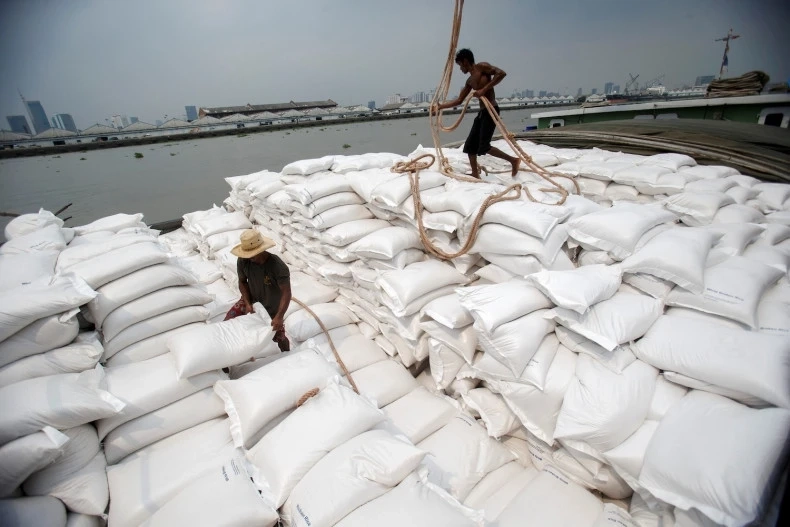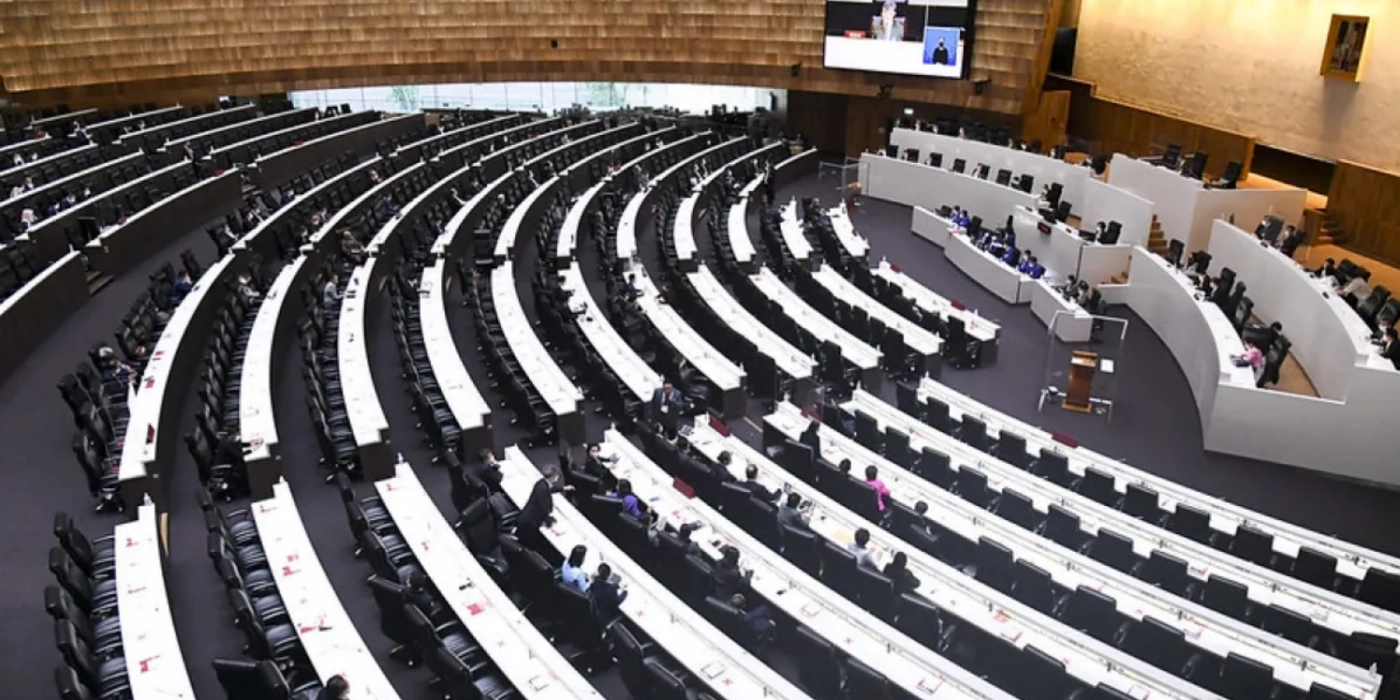Thai Rice Prices Drop to Over Two-Year Low Amid Weak Demand and Rising Supplies
The Thai rice prices have experienced a significant downturn, with export prices dropping to their lowest level in over two years. This decline in Thai rice prices is primarily driven by weak global demand, an oversupply of rice, and intense competition from major exporters like India and Vietnam. As Thailand faces these challenges, traders and industry experts are expressing concerns about the future of Thai rice prices in the coming months, fearing further pressure on the market.
Thai Rice Prices Hit a 2-Year Low
According to recent reports, the price of Thailand’s 5% broken rice has fallen to $405 per metric ton, marking its lowest point since October 2022. This figure represents the lower end of last week’s quoted range of $405 to $408 per metric ton. Traders in Bangkok indicate that demand remains sluggish, with little expectation of recovery in the next two to three months.
One trader noted, “It’s very worrying because Indian and Vietnamese rice prices are very low. Regular customers are only buying as needed, and there is an oversupply in the market.” This oversupply, combined with decreasing demand, has placed downward pressure on Thai rice prices, making it difficult for exporters to maintain profitability.
Competitive Pressure from India and Vietnam on Thai Rice Prices
Thailand is not the only country facing challenges in the rice market. India’s 5% broken parboiled variety has also experienced a decline, holding steady at $403-$410 per metric ton, near a 21-month low. A dealer from Kolkata stated, “Pakistan and Vietnam are aggressively selling white rice, which is even affecting the prices of parboiled rice.”
India’s recent decision to allow the export of 100% broken rice—previously banned since September 2022—has further intensified competition. This move is expected to increase the global supply of rice, putting additional pressure on prices.
Similarly, Vietnam’s 5% broken rice was offered at $394 per metric ton, compared to $392 per ton last week. Despite this slight increase, demand remains weak. A trader based in Ho Chi Minh City commented, “Activities remain tepid on soft demand.” In response, Vietnam’s trade minister has directed agencies to step up promotional efforts in key markets such as the Philippines and China, while also seeking new buyers.

Impact on Bangladesh’s Domestic Market
The impact of falling rice prices is also being felt in Bangladesh, where domestic prices remain high despite efforts to increase imports and strengthen reserves. The Bangladeshi government has been procuring rice from Vietnam, Myanmar, and Pakistan through government-to-government deals and international tenders. However, private traders have largely refrained from making purchases due to fears that prices in the local market could drop further.
The combination of high domestic prices and reduced interest from private traders has placed additional strain on consumers. The government continues to monitor the situation closely and may introduce further measures to stabilize the market.
Global Rice Market Trends
Several factors are contributing to the current instability in the global rice market. These include:
- Oversupply Issues – Increased production in major exporting countries has resulted in an excess supply of rice, pushing prices downward.
- Weak Global Demand – Many countries are experiencing reduced demand for rice due to economic downturns and changing consumer preferences.
- Trade Policies and Restrictions – India’s export restrictions, Vietnam’s strategic pricing, and Thailand’s market positioning are all influencing global rice trade dynamics.
- Competitive Pricing from Other Exporters – Countries such as Pakistan and Myanmar are also aggressively pricing their rice exports, further intensifying market competition.

Future Outlook for Thai Rice Prices
Looking ahead, the Thai rice market faces several potential scenarios:
- Continued Price Declines – If demand remains weak and supply continues to outstrip consumption, Thai rice prices may see further declines.
- Government Intervention – The Thai government may introduce policies to support rice farmers and stabilize the market, such as subsidies or trade agreements.
- Market Diversification – Thai exporters may seek to expand into new markets to reduce dependence on traditional buyers.
- Weather and Production Factors – Climate conditions and production levels in major rice-growing regions will also play a crucial role in determining future price trends.
Conclusion
The recent drop in Thai rice prices to a two-year low highlights the ongoing challenges faced by the industry. With global competition intensifying and demand remaining weak, the road ahead appears uncertain. However, strategic policy measures, market diversification, and industry adaptation could help Thailand navigate these turbulent times and maintain its position as a leading rice exporter.
As stakeholders continue to monitor market developments, the focus will remain on balancing supply and demand, maintaining competitive pricing, and ensuring the sustainability of Thailand’s rice industry in the global marketplace.
See more articles:
Betting Online Site – การเลือกคาสิโนออนไลน์ที่ปลอดภัยและเชื่อถือได้
Sport Pool – ทางเลือกการเดิมพันกีฬาที่น่าสนใจสำหรับผู้ชื่นชอบกีฬา











